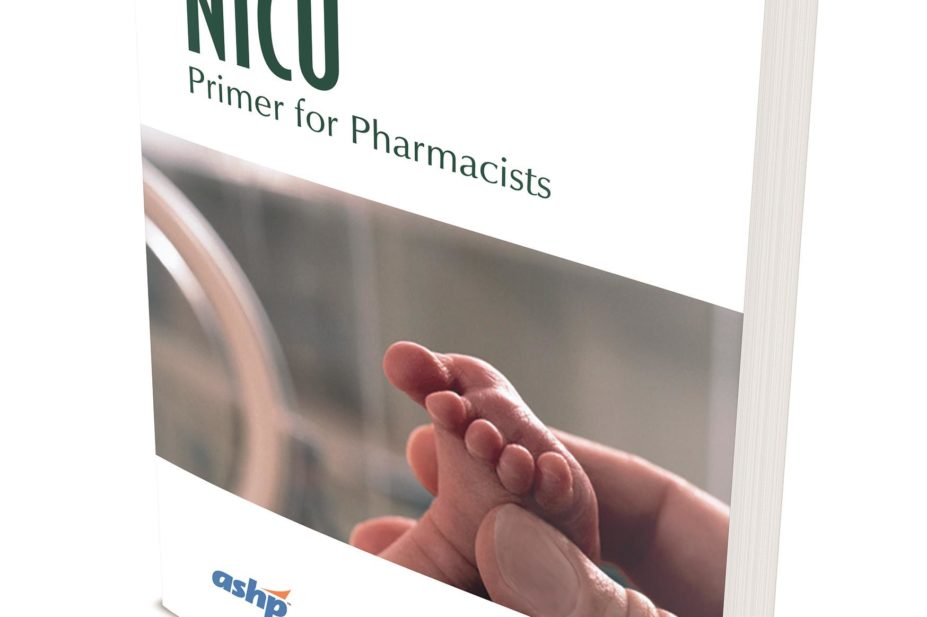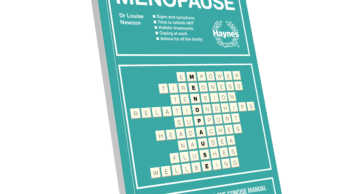
Many hospital pharmacists have little or no formal training in neonatology yet they are faced with providing pharmaceutical care to this vulnerable group of patients. This book offers a comprehensive overview of therapeutics and neonatal care that goes beyond weight-based dosing. It includes optimal drug selection with correct dosing, appropriate drug dilutions, dosing adjustments as patients mature or gain or lose weight, treating multiple pathologies, dramatic growth, organ maturation or damage, and maximising survival without long-term damage and neurological developmental delays.
Premature babies are at high risk for developing hypothermia, hypoglycaemia, electrolyte imbalance, hyperbilirubinaemia, respiratory distress syndrome, patent ductus arteriosus, infections, necrotising enterocolitis and intraventricular haemorrhage. The chapter authors assume that the reader has had little or no exposure to neonatology, therefore a large part of the book offers basic information on these conditions or describes scenarios that make common diseases different in the neonatal population. After a brief introduction to the diseases, there follow paragraphs on incidence, pathophysiology and treatment, along with advice on when to treat, how to treat and how to monitor the patient. Some but not all chapters describe the presentation and diagnosis of the disease. The chapters are well referenced and further reading is suggested.
Other chapters deal with general neonatal intensive care unit (NICU) considerations; developmental pharmacology, pharmacokinetics and pharmacodynamics; parenteral nutrition and drugs in lactation.
After reading the chapter on parenteral nutrition, a pharmacist should be able to calculate and prepare the daily requirements for a neonatal patient, be aware of the stability of the compounded solution, understand the potential complications of parenteral nutrition and the infection risk and know where to look for potential interactions with other medicines.
This book offers baseline information and can help to familiarise students and pharmacists who have no experience in neonatology with this special group of patients. It should not be used as a sole source of information. Referral to more detailed information is essential for pharmacists working with this group of vulnerable patients.
Laurence A. Goldberg
References
‘NICU Primer for Pharmacists’, by Amy P. Holmes. Pp xviii +238. Price $59. Maryland; American Society of Health-System Pharmacists; 2016. ISBN 978 1 58528 475 7


